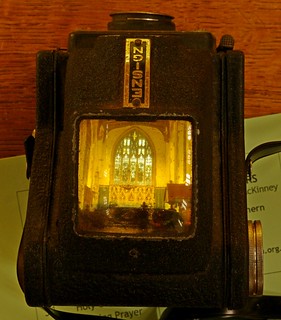Horace
TPF Noob!
- Joined
- Jan 10, 2016
- Messages
- 21
- Reaction score
- 0
- Can others edit my Photos
- Photos OK to edit
- Thread Starter 🔹
- #16
Good to hear that. I am based in Sweden right now so anything that I can get shipped from Europe means no or lower chase of paying customs duty for it. There are a lot of USSR-ish sounding brands that I have never heard of, so it was good to hear that Lubitel is a good brand. I am now looking at something like this:
1981! Rare LUBITEL-166B *LOGO in Russian* TLR Medium Format 6x6 LOMO Camera #39
Do you have close up crops of your Lubitel samples?
1981! Rare LUBITEL-166B *LOGO in Russian* TLR Medium Format 6x6 LOMO Camera #39
Do you have close up crops of your Lubitel samples?
As an eBay Associate we earn from qualifying purchases.

 Dedham church TTV
Dedham church TTV

![[No title]](/data/xfmg/thumbnail/32/32162-dd2cfb373402c59de9c6f13cee73b0fb.jpg?1734161046)
![[No title]](/data/xfmg/thumbnail/33/33439-7bb5d8a4a88131e09c082764dcb77a40.jpg?1734163468)


![[No title]](/data/xfmg/thumbnail/30/30992-773558233723ab0d28c307a97a1a2427.jpg?1734159059)

![[No title]](/data/xfmg/thumbnail/33/33436-1304fb294d2141a65ae8309383a3e52a.jpg?1734163466)



![[No title]](/data/xfmg/thumbnail/33/33440-0778f3522902634844facab43c5a29fa.jpg?1734163468)
